X Email Mobile
| Number | Unit-price | Total | |||
| I want to buy: | × | 0.8 | = | 0 |
A new item has been added to your Shopping Cart. You now have items in your Shopping Cart.
Light Hung Sporting Goods 12yr.
Main Products:Rope skipping table tennis racket badminton racket hoa-ring sandbag shuttlecock and other series of products
Contacts:彭光洪Chat
Mobile:86-057985282417
WeChat:13506892209
Address:2417A,2417B, 1 Street, 1 F, 17 Gate, International Trade Mart (District 1).
Related items
Direct sales by manufacturers of various models of children's sandbags at various prices, including heavier and ordinary ones. If you don't understand, you can contact the boss.
The square shape below weighs 150 grams, and the circular shape weighs 250 and 300 grams. Generally, it is not recommended to use too heavy items to avoid injuring others.

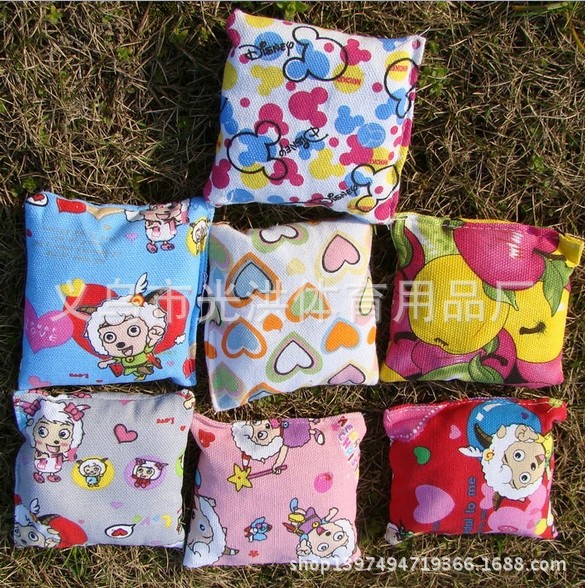

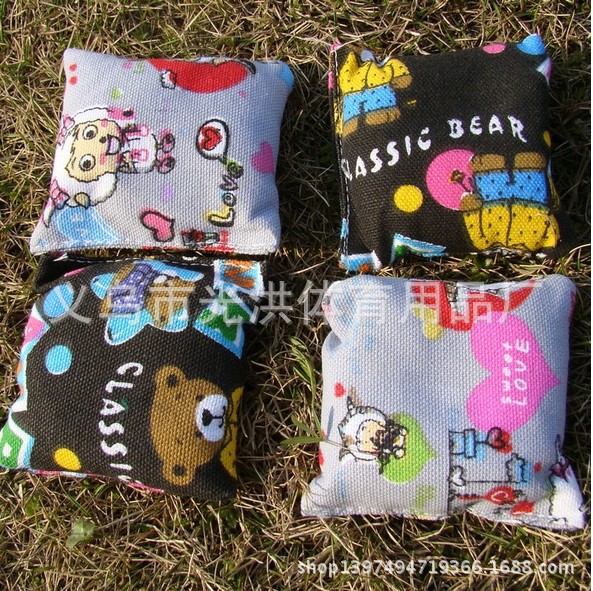
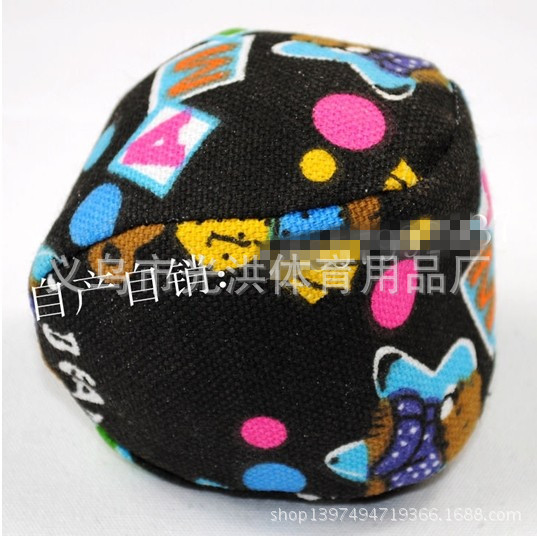

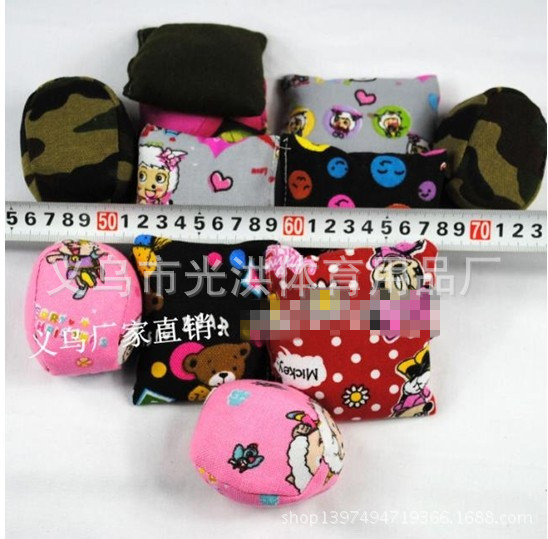

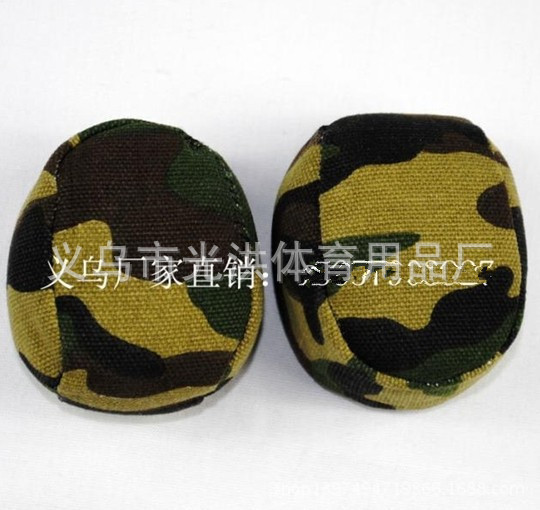
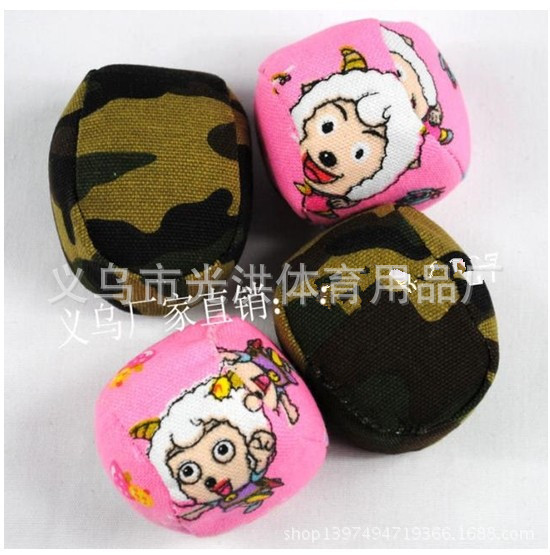


The following picture shows the images of other similar sandbags. Please order according to your needs.
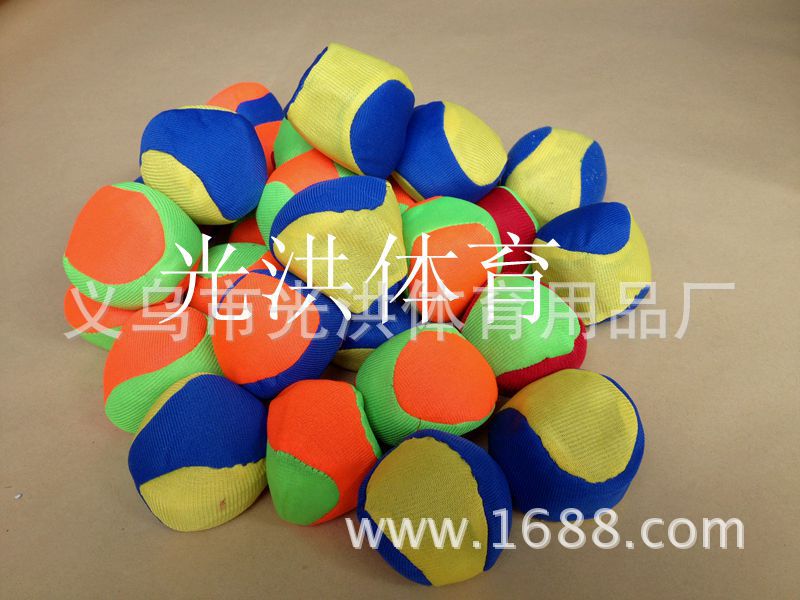
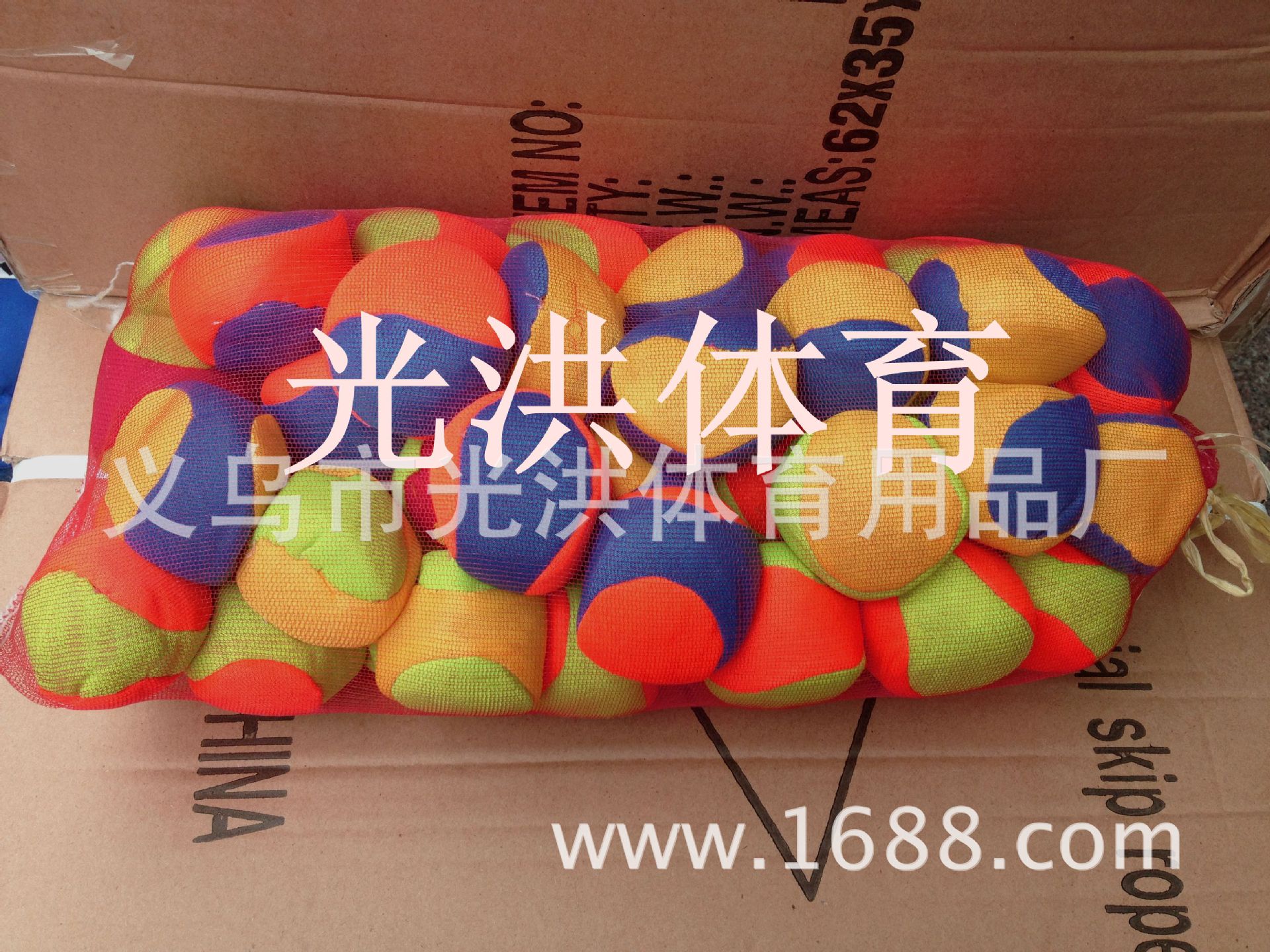
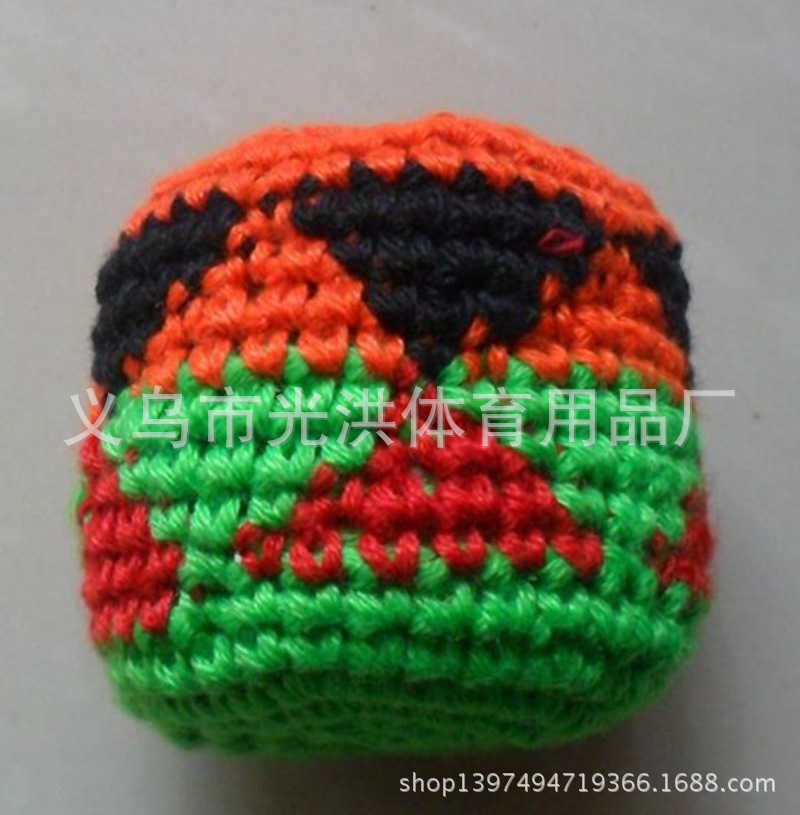
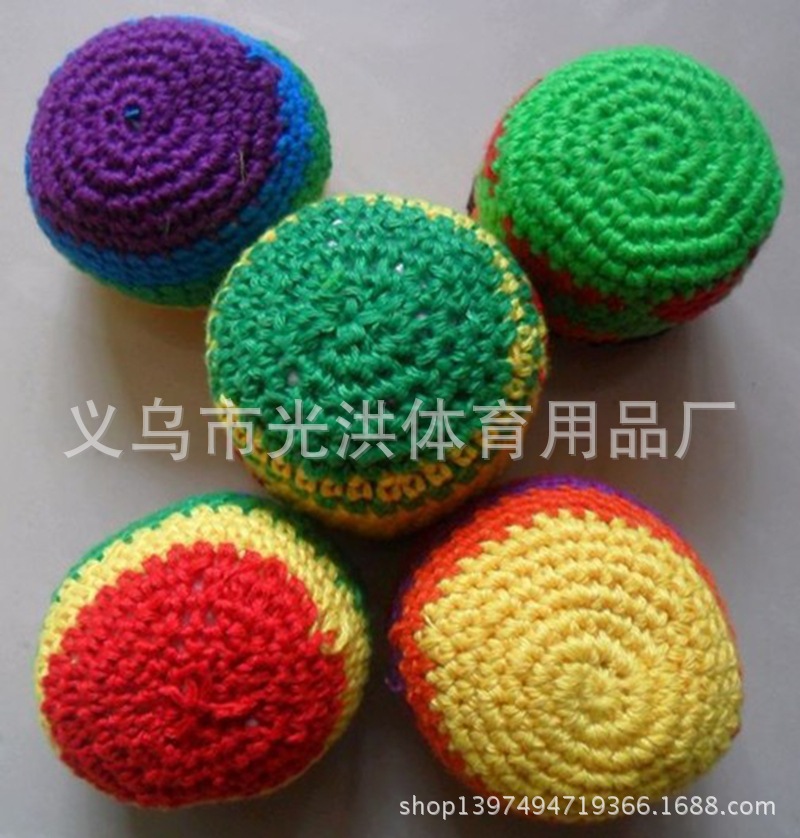
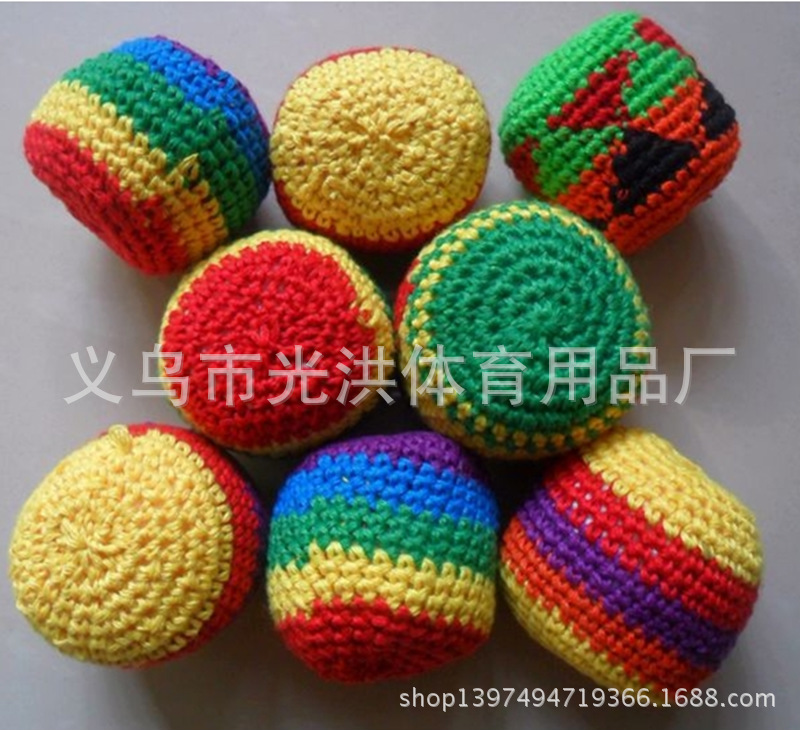
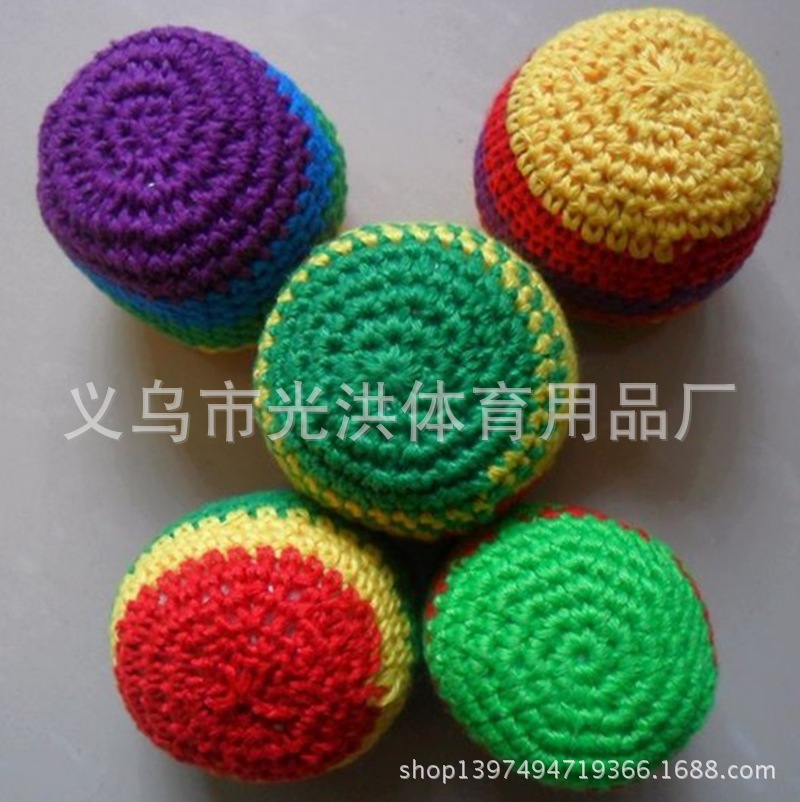

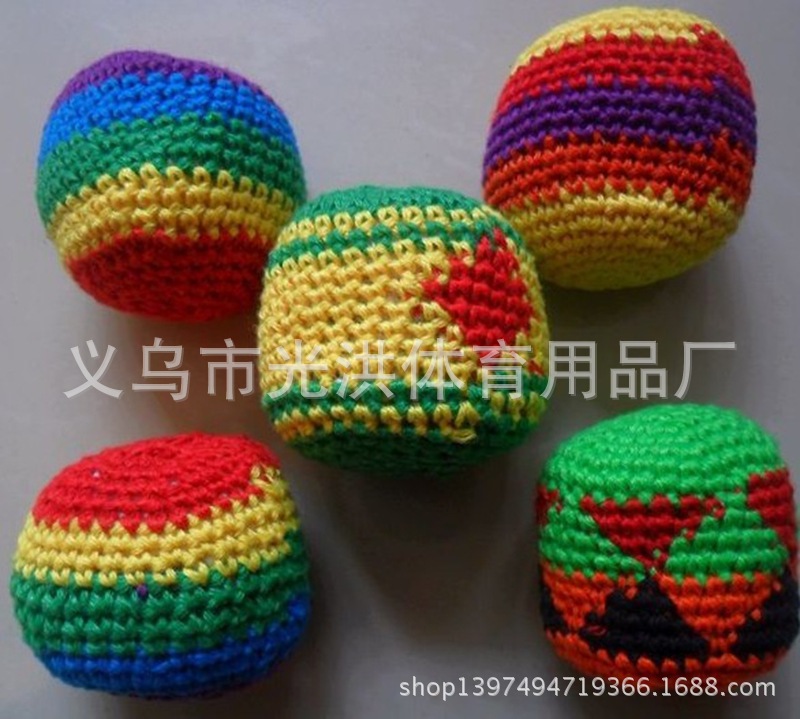
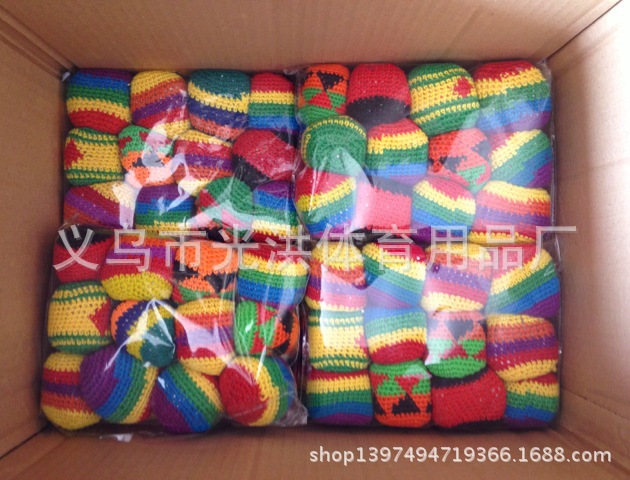
Sandbags are a safe and economical piece of sports equipment in physical education classes, and they come in a variety of playing methods. According to the different ways of practice and the development of physical fitness, I divide them into four categories:
1. Exercise for running and jumping skills
In the activity, sandbags are used as tools to stimulate students' practice enthusiasm, thereby practicing double-foot jumping to develop lower limb movement flexibility and coordination, and to develop students' running and jumping quality.
Play #1: Sandbag Tug-of-War
Place the sandbag on the same horizontal line, run to get it from the opposite side, and the one who gets it first and returns first is the winner.
Play Method Two: Pinching the Bag to Compare Distance
Stand with your feet clamped around a sandbag, positioned behind a line. Then, jump up and use the power of your abs to swing your legs forward to throw the sandbag forcefully. A competition can be held where the participants compete based on the distance they can throw the sandbag.
Play Method Three: Clutch Jump
Students jump forward with their feet clamped around a sandbag until they reach the designated spot.
Play Method Four: Giving Gifts
Divide the students into two teams, place the sandbag aside, and have the first student from each team start by jumping with both feet to the designated position, placing the sandbag down, and then running back to pat the hand of the second person in their team. Repeat this until one team completes the task first, and the team with the most "gifts" wins.
Exercises for Throwing
Throwing a sandbag is a common way I use in physical education classes to practice students' throwing ability. It exercises the flexibility of the arms, quick arm swings, and the strength of the upper body muscles. In my physical education classes, I usually use it instead of softball, with the feature that it is softer than softball, so it is less likely to cause injuries if it is accidentally hit by students. Its safety factor is much higher than that of softball throwing. Secondly, it is easier to organize than softball, as the sandbag stops when it lands, making it easy to collect, which increases the efficiency of throwing practice.
Play No. 5: Tossing and Catch the Sandbag
Students hold a sandbag in one hand and throw it up to their chest, back, or under their arm in different ways, then clap their hands once or twice before catching it back with the same hand. They repeat this process repeatedly. Once they become proficient, they can increase the number of claps.
Play No. 6: Who Can Throw the Farthest
Students are divided into two rows, about 30 meters apart from each other, to throw the ball, and they practice repeatedly to see who can throw it the farthest.
Play 7: Throw further and faster
Two students compete, each holding a sandbag at the starting point. When the teacher gives the command, they throw the sandbags in opposite directions, turn around quickly to pick up the sandbag thrown by the opponent, and the first one to return to the starting point wins.
Play 8: Sandbag Target Shooting
Throw sandbags into the box according to the practice requirements, and then throw them into the box at different distances. The one who throws more wins.
Play No. 9: Double-Player Sandbag Tossing
Divide into pairs, each holding a sandbag, and simultaneously throw the sandbag to each other, and simultaneously catch the sandbag thrown by the other side, and practice repeatedly, with the most consecutive rounds winning.
Section Two: Practice in Body Coordination and Skills
In my P.E. class, sandbags are often used as a substitute for the traditional Chinese kick-ball, as they are less affected by the wind and more durable than the traditional ball. This makes them easier for beginners to master the correct techniques, boosting their confidence and improving their physical balance and coordination.
Play #10: Kick Sandbag
Use the inside of the foot, the outside of the foot, or the front of the foot to kick the sandbag up, repeatedly making sure it doesn't hit the ground. You can have a few people compete to see who can kick the most.
Play #11: Sandbag Topping
Students place sandbags on their heads and walk forward, making sure the sandbags don't fall off. This way of playing is used in various relay races to improve physical balance.
Play #12: Students place a sandbag on the back of one hand, throw it up quickly, and flip their hand to catch it. Then they throw the sandbag up and flip their hand to catch it again, repeating the process. The one with the most catches wins.
Section Three: Fun Games with Sandbags
Sandbags, besides developing students' running, jumping, throwing, and skill-based abilities, also possess extensive entertainment value in various aspects and include many fun games, which are deeply loved by students.
Play Thirteen: Crab Walk
Form pairs, back to back, hold the sandbag, arm in arm, cross the body like crabs, side walk, the first to arrive is the winner.
Play method 14: Who is it?
Tape numbers 1-6 on the six sides of the sandbag. Divide the students into groups of six, each student assigns their own number. The game starts with the student who wins the toss of the sandbag. After the bag is thrown up and lands, the student who gets the number facing up must come forward to toss the bag. If the student is slow or makes a mistake, they must stop playing. The game continues in this way.
Play Fifteen: Ants Carrying Beans
Divide all the students into groups. In front of each group, place a sponge mat. Students should use their hands and legs to support themselves, with a sandbag on their back. They should crawl to the designated position, place the sandbag down, and then crawl back. The game continues until all students have completed the task. The first group to finish is the winner.
Play Method 16: Summoning People to Receive the Package
One person holds a bag in the circle, and the rest of the people are evenly distributed around the circle. At the beginning, the person in the circle throws the sandbag high, while loudly shouting the name of a student. Whoever's name is called quickly runs into the circle to catch the sandbag. The rest of the people quickly run away from the circle, and the person who catches the sandbag shouts "Stop" loudly. When everyone hears "Stop", they stop running. The person who is closest performs a program. Then the person who catches the sandbag continues to throw the bag to continue the game.
Play 17: 'Hit the Dragon's Tail'
Draw a circle with a diameter of 8-10 meters on the field (or a square field). The players are divided into two groups, each with 8-10 people. One group stands outside the circle in a scattered manner to play as the "tail of the dragon," while the other group stands in a line inside the circle, with the people behind holding the clothes of the people in front to form the "dragon." The front person is the "dragon head," and the end person is the "dragon tail." The "dragon" moves freely inside the field, and the "tail of the dragon" players can hit the "dragon tail" directly or through passing and receiving. If the "dragon tail" is hit, it is eliminated, and the "dragon head" becomes the "dragon tail" to continue the game. Until there are only three people left in the "dragon," the two sides switch roles and start the game again.
Play 18: Smartly Moving Landmines
Draw two circles on the ground, with a distance of 1-2 meters between them. In the first circle, place three sandbags (landmines). The first student carries the three "landmines" near the end to the second circle, then runs back to hit the second student's hand. The second student then moves the "landmines" in the distant circle to the nearby circle. The game continues in turn.
Play method 19: throwing bags to hit people
Divide the students into two groups, one standing outside the circle and the other inside. Outside people hold one (or two) small sandbags. When the game starts, they throw the sandbags at the people inside the circle. The people inside can move around to avoid being hit. If everyone inside is hit, the two groups switch positions and start again. If the people inside catch the sandbag, they get a point and can "save" one more person to continue the game. The people outside cannot enter the circle. If the sandbag stays inside, the people inside can pick it up and still go outside. If they are hit outside and caught by the outside people, they get a point and can cancel out one point of the other side. If the other side has no points, the sandbag person will leave the field. The game field can also be rectangular, with the throwing side divided into two groups standing at the two end lines, and the avoiding side scattered to the central part of the field.
Play 20: Kick (throw) the bag into the circle
Draw several concentric circles on the ground, with the largest circle's radius ranging from 4 to 5 meters. The radius of the smaller circles should be 0.3 meters, 0.6 meters, 0.9 meters, and 1.2 meters, respectively. Mark the circles with scores of 40, 30, 20, and 10, respectively. Have students randomly distributed outside the large circle, and they can score points by kicking a sandbag into the corresponding circle with a single-legged jump. When playing the game of throwing a sandbag into a circle, the thrower must stand at a distance of 15 to 20 meters. The radius of the smaller circles can be increased appropriately. The game can be played individually, collectively, or in teams, with points being scored.
In the teaching process, sandbag not only develops the physical fitness of students, enriches their extracurricular life, but also cultivates their moral sentiments, sense of cooperation and collective pride. In the long teaching, it requires us to maintain the beneficial experience, good activity methods, and also requires us to be innovative, continuously launching new, popular and acceptable sandbag activities. We must firmly grasp its competitive, interesting, cooperative and conscious nature, so that healthy and effective sandbag activities continue to enrich our physical education classes and the childhood of students.
Update time:
TOP